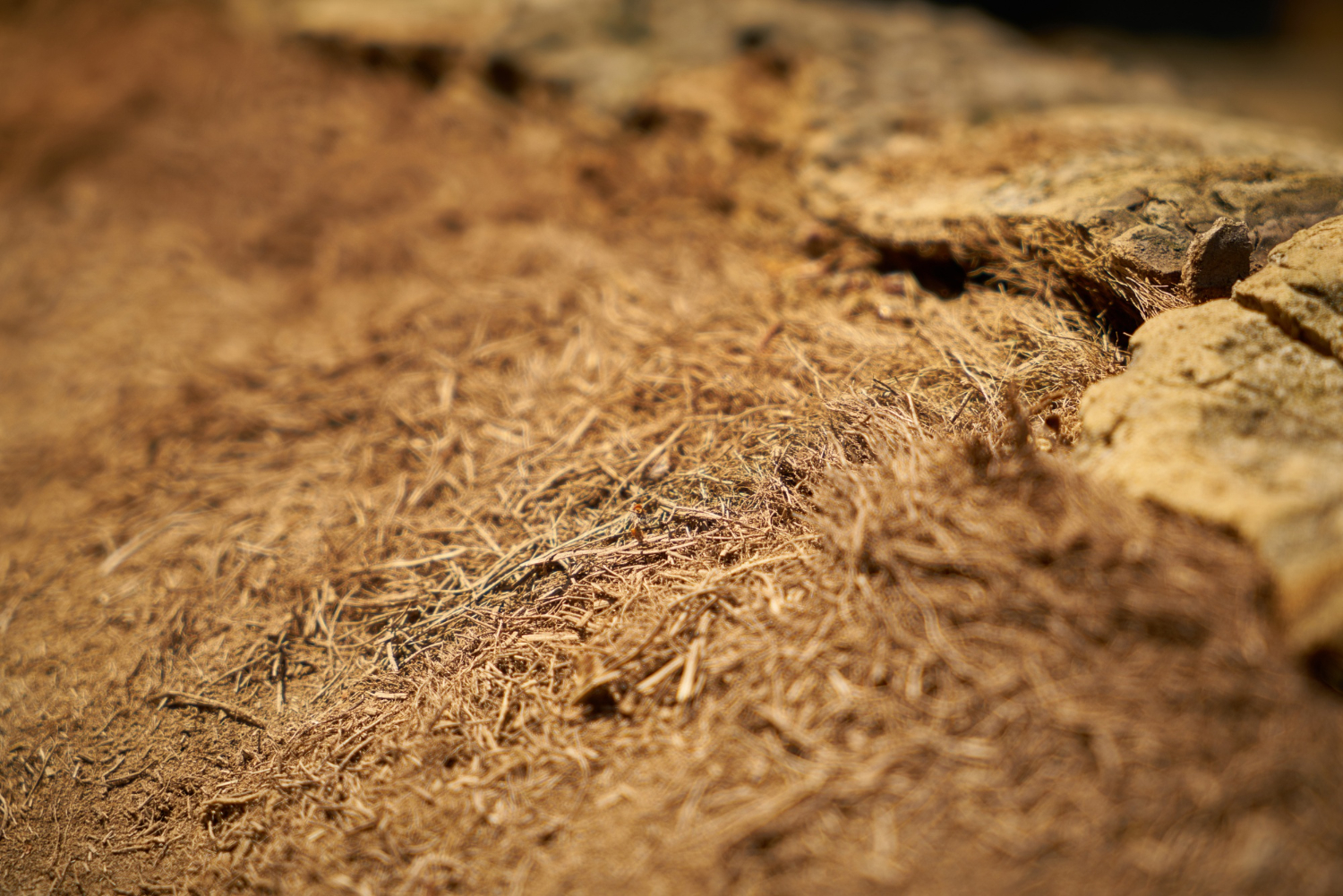Imagine building your dream house on a solid foundation. It needs to be steady and trustworthy to stand the test of time. In construction, ensuring that the ground underneath is secure makes all the difference. Soil stabilization is a key step to make that happen, but the work doesn’t stop there. After injecting solutions into the soil to increase its strength and stability, it’s important to check whether it worked as planned. This is where post-injection testing comes into play. It provides a way to verify the stability and strength of the ground, making sure everything is set for the long term.
In Texas, where soil can be as unpredictable as the weather, getting it right is important. Without proper testing, builders and homeowners might face problems down the road. Skipping this step is like driving a car without checking the gas – you never know when it might run out. Testing after the injection ensures that the soil won’t cause issues like cracks in walls or doors that won’t close. It’s a vital checkpoint to make sure the foundation remains strong and stable.
Why Post-Injection Testing Is Important
After injecting the desired solutions, verifying the performance of soil stabilization efforts is a must. This process delivers insights into the stability of the ground and confirms that everything aligns with construction standards. Builders and homeowners alike need assurance that the methods applied will effectively resist environmental changes and wear over time.
When thinking about the need for testing, two main reasons come to mind:
– Understanding the Effectiveness: It’s crucial to know if the method actually improves soil stability. This involves checking how well the treatment has bonded with the existing soil and if it stays firm over time. Testing lets us see if the injection has achieved its intended results, providing adaptation to different soil conditions.
– Meeting Engineering Standards: Construction projects need to satisfy specific safety and quality benchmarks. Testing confirms if these objectives are met, leaving no room for unexpected surprises. It acts as a check to ensure longevity and safety, aligning with engineering requirements without compromise.
This step is not just about fulfilling procedures. It plays a direct role in preventing structural problems, giving peace of mind to everyone involved. Without it, the risk of future complications increases, possibly leading to higher costs and frustrations. When all testing is complete, builders can move forward confidently, knowing the ground beneath their feet is secure.
Key Methods for Post-Injection Testing
After the soil has received its stabilizing treatment, it’s important to check and confirm its effectiveness. There are several ways to ensure the stability of the treated soil:
– Visual Inspections: A simple yet effective method involves closely observing the treated area. This step helps spot any immediate changes or obvious issues in the soil, like unexpected cracks or sinking areas. By comparing before and after conditions, builders can see if the treatment settled correctly.
– Laboratory Soil Analysis: Collecting and examining soil samples in a lab provides detailed insights into its composition and strength. This analysis determines whether the treatment improved the soil’s characteristics and checks for any imbalances. The results from these tests serve as a scientific confirmation of the treatment’s success.
– On-Site Testing Techniques: Practical, on-the-ground tests directly assess the soil’s performance under load conditions. Techniques like penetration tests or the use of specialized equipment gauge how well the soil can support weight. These hands-on methods offer immediate feedback about the soil’s stability and suitability for construction.
These methods together provide a clear picture of soil condition post-treatment, allowing builders and homeowners to proceed with confidence in their construction endeavors.
What Happens If Testing Is Skipped
Neglecting post-injection testing can lead to unforeseen challenges. Without confirming the soil’s stability, construction projects risk being built on shaky ground. This oversight might cause:
– Risks to Structural Integrity: Unstable soil can shift over time, leading to cracks in foundations and structural damage. Doors and windows may no longer align, and walls could develop problematic gaps. These issues compromise the safety and usability of buildings.
– Potential Cost Implications: Ignoring testing initially to save time or money can actually result in higher expenses later. Repairing structural damage or reinforcing unstable ground can be costly and time-consuming. This oversight could also delay projects, further escalating costs.
Committing to post-injection testing prevents these problems by guaranteeing a safe and stable foundation from the start, safeguarding investments and ensuring long-term durability.
The Role of ProChemical Soil Stabilization in Quality Assurance
Effective soil stabilization ensures construction success, and ProChemical plays a pivotal role in this process. Their dedication to quality assurance begins with thorough post-injection testing. This commitment to detail minimizes risks, aligning with high safety standards.
Advantages for different groups include:
– Developers: With reliable testing, entire neighborhoods rest on stable foundations, enhancing safety and lowering future maintenance needs.
– Independent Custom Home Builders: Testing aligns with regulations, providing confidence that their crafted homes are built to last.
– Homeowners: Consistent soil testing before and after injection means confidence in structural integrity and reduced anxiety about potential soil issues.
ProChemical’s focus on comprehensive testing gives stakeholders peace of mind, knowing their projects will stand strong over time.
A Step Toward Safer, Stronger Foundations
Investing in structural integrity through thorough testing is a smart move. It ensures long-lasting stability and prevents costly repairs. Prioritizing these steps leads to safer structures across Texas and beyond.
By adopting diligent post-injection testing, builders reinforce their commitment to quality and reliability. Ensuring secure foundations benefits everyone involved, leading to projects that stand tall against time and elements.
If you’re looking to avoid problems like foundation cracks or shifting soil, it starts with solid groundwork. Learn how ground stabilization in Texas can support long-term structural strength. ProChemical Soil Stabilization offers a dependable solution to keep your project safe from the ground up.

